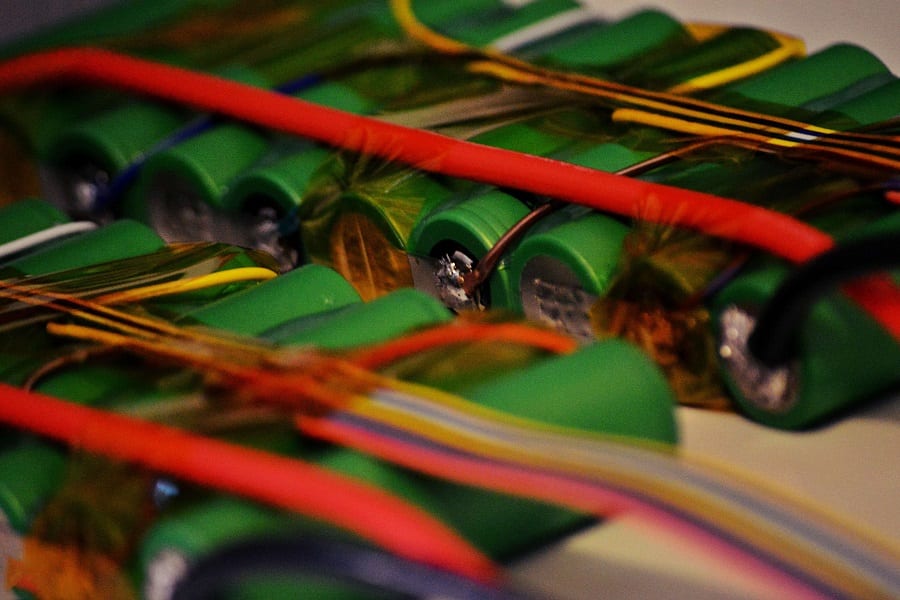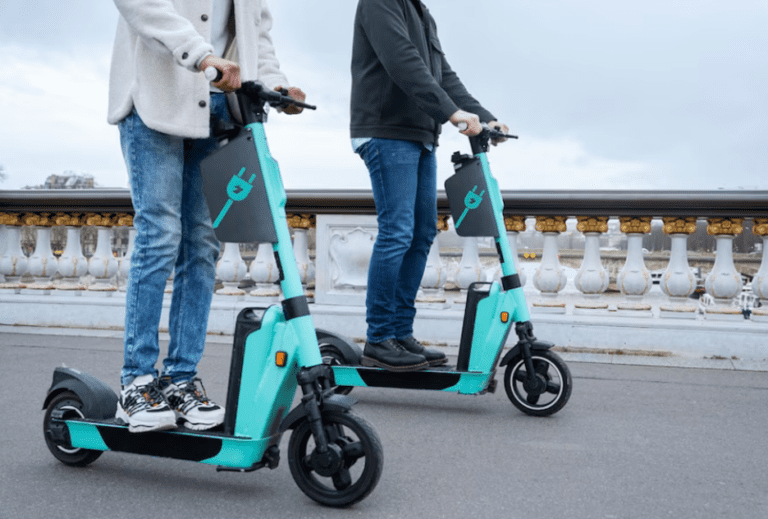How to Make Your Battery Last as Long as Possible
Batteries aren’t eternal.
Lithium ions, lead acids, every type of battery out there, they all have one thing in common: they’re on a ticking time clock.
If you let a battery sit there and do nothing with it, it dies. If you overuse it or don’t charge it properly, it dies.
Where’s the middle ground, here?
Well, actually the middle ground is right here, because we’re going to help you make your battery last longer no matter what.
WIth some charge battery tips, information on why batteries give out in the first place, and some cycling methods, you’re going to extend the life of your battery no matter what.
Changing Regularly
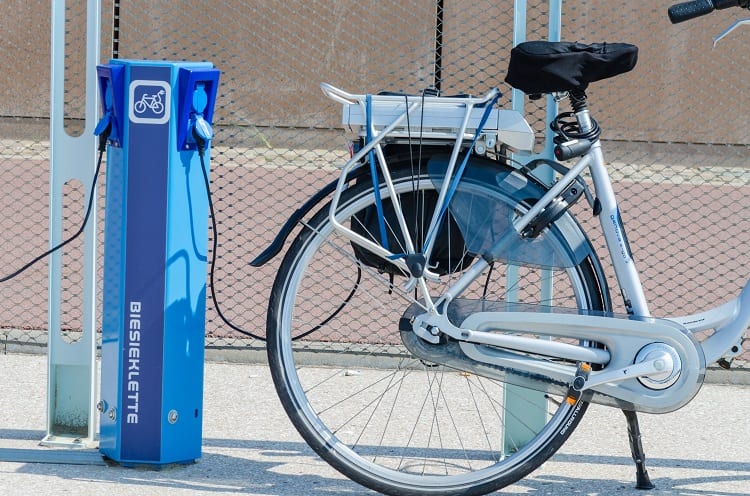
If you aren’t changing out your battery, there might be an issue.
With a commuting vehicle, one that you need to rely on constantly, you need to be sure the battery is in its best state possible.
These batteries only have about a thousand cycles in them before they drop to 50% efficiency, and then it’s a steep and painful fall from there.
Acquire two batteries, and change them out regularly.
Basically, you’ll have one fully charged battery sitting safely on a shelf, while the other one is being used for, say a week.
Then you cycle them out—shelf battery gets used for a week while the other charges, and is then stored safely.
This can actually increase the lifespan of each individual battery, if done properly.
One of the biggest mistakes that battery users make—whether it’s your phone or your commuting vehicle—is letting it die completely, and then recharging from zero.
That doesn’t work the way that all those 2012-era articles tell you.
You can actually get more use out of a battery if you charge it once it falls to 50% or more, which is why these other batteries tend to die so fast.
What Is Battery Depth Of Discharge?
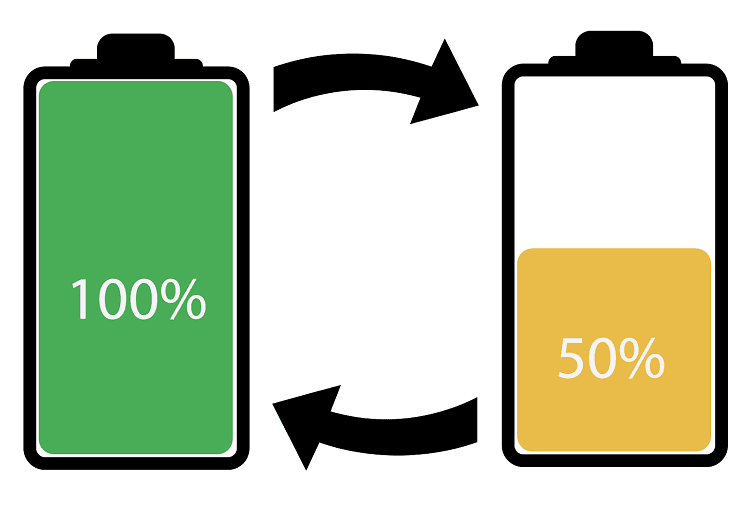
DoD is the name, and identifying your battery’s life is the game.
Your depth of discharge, which is sometimes referred to as the state of charge, or SoC, is the percentage of your battery’s life that is removed from continual use.
Why is this important to know?
Because depending on the type of battery you have, this could tell you everything you need to know about how fast you’re burning through it, and help you elongate the total lifespan of your battery.
Think of it like this: DoD is basically the real-time electrical activity occurring inside of your battery pack while you use the device.
You can see the percentage of your phone’s battery left, right?
Well, that’s the depth of discharge in action, right before your eyes.
Depth of discharge will be affected by factors such as the battery state (lithium-ion versus lead acid), as well as the state of charge which correlates to the depth of discharge.
All in all, it just lets you know how fast your battery depletes, and if you can work out the formula for it, you’ll know how often you’ll need to recharge that battery.
Proper Storage And Avoiding Temperature Extremes
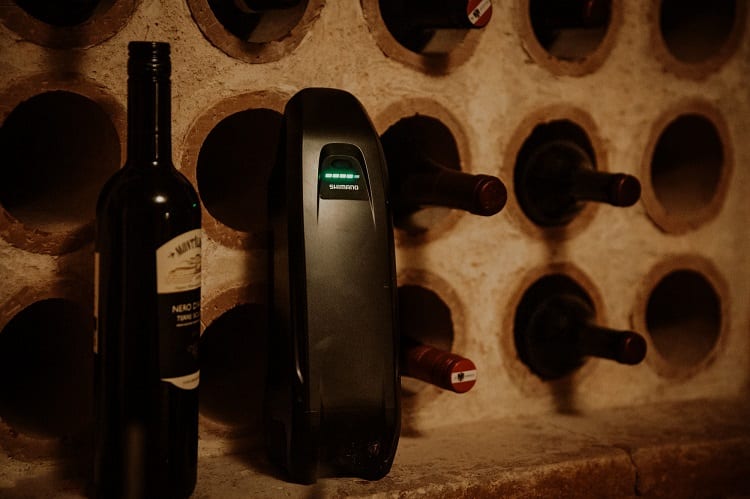
You’re moving, so you take the battery out (which is smart), and package it for transit.
Or you’re leaving home and packing this up in the garage so that you can come back to it when you return home in a few months or years.
Your battery is going to be trashed when you come back. Whether it’s winter or the middle of summer, you cannot store your battery in any temperature extremes.
It affects the way that electricity flows through the battery cells, which can be permanent.
You want to store your lithium-ion and lead acid batteries in a safe place, completely free from moisture and damage.
When I say “Free from damage,” I mean dangerous elements that could cause your battery to be ruined even without you making a direct mistake.
Low shelves in a flood zone, high shelves that aren’t bolted to the wall, things of that nature.
To avoid extreme temperatures, keep your battery in an area that receives constant ventilation, and perhaps air conditioning from your home.
If you have the ability to, you should store your lithium-ion in the coolest room in the house.
Most thermostats don’t go below 60°F, meaning that as long as you put it somewhere in your home that’s temperature controlled, you’ll be okay.
Since air conditioning also helps with moisture control (which we’ll talk about uin a little bit), this is by far the best storage option.
Just be sure it’s accessible without being too reachable by pets and small kids.
Usage Habits (And How To Avoid Them)
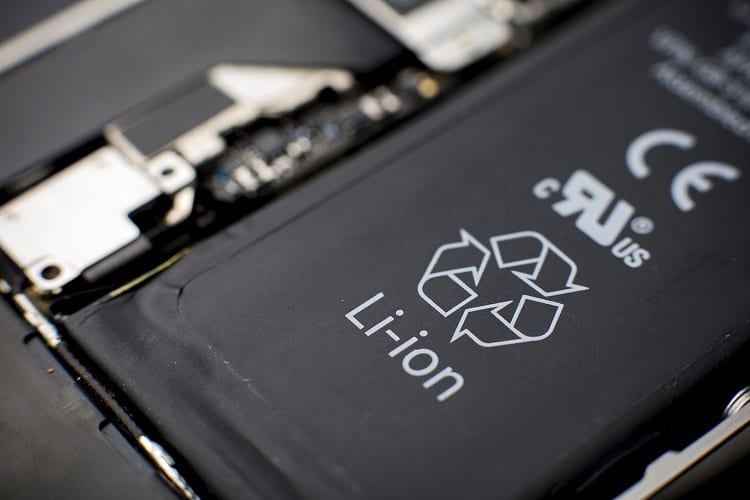
There are some seriously bad habits with lithium-ion batteries that we want to discuss and shed some light on, so you don’t end up making the same mistakes that a lot of other people have made.
Improper Long-Term Storage
Wrong temperatures, bad storage bins, and leaving your batteries in spots that make them easy to damage are all bad.
You want your lithium-ion batteries to be completely protected at every single point of storage, so if you share a space with a family member or roommate, be sure that you notify them of why the battery is important, and put it somewhere they’re not likely to go through.
Lithium-ion batteries can build up gas when damaged, which can happen in electric skateboards and such, so make sure there’s ventilation.
Dropping to 0%
It’s actually bad if you drop your battery all the way down to the very lowest it can go, and then try to charge it back from that point.
There are these old myths that say power cycling your battery every single time you use it is going to be beneficial for your battery longevity.
While this idea sometimes applies to phones, it’s not something you want to mess around with when it comes to a more powerful battery that you rely on for commuting.
You want to charge at 50% to full as often as possible.
Letting it Run
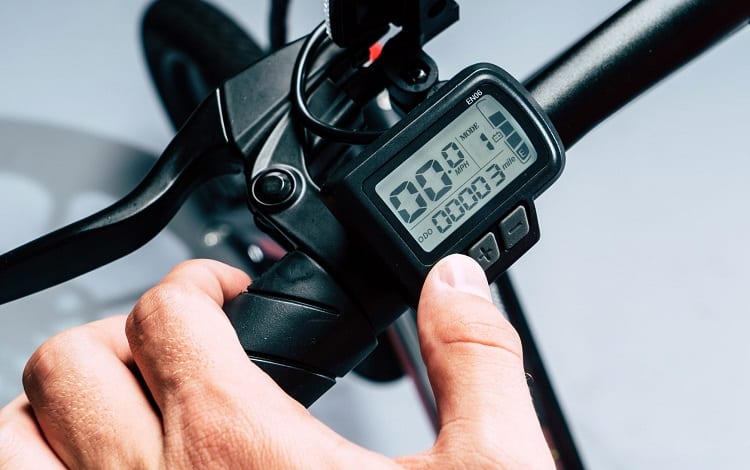
If you aren’t utilizing the standard DoD on your lithium-ion battery, and you’re just letting it run, that slow drain of power can have adverse effects.
It’s not going to do your battery any favors.
When we do this, it’s like reverse power cycling; you’re just stressing out the battery for no reason in particular, which could be seriously harmful to its longevity.
Not Accounting for Discharge Over Time
Lithium-ion batteries lose their luster as the months march on, and that’s okay; they’re designed as efficiently as possible, and this is just part of the struggle.
However, many people don’t know this when they use a lithium-ion for electric commuting vehicles.
Leaving in a Moist Area
Humidity is going to ravage your batteries just like heat and excessive cold will.
The thing is, because your lithium-ions aren’t built perfectly, there are small gaps around the edges of the battery cap.
This is exactly where moisture can seep in, which you really don’t want it to do.
Moisture can ruin a battery quickly, and more often than not, you won’t really know what the issue is on startup.
You would have to disassemble the battery to discover the swollen or damaged cells, and then replace it anyway.
Hot Parking
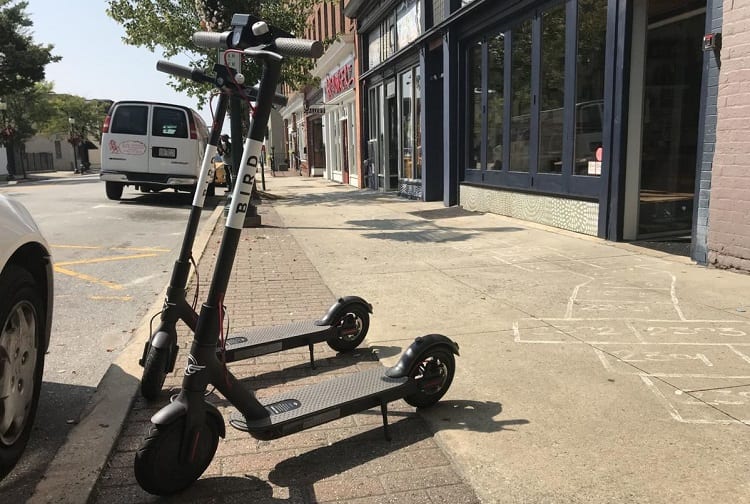
On your electric scooter, skateboard, or perhaps an electric bicycle?
You should be out enjoying the sunshine, but you shouldn’t park your vehicle in the direct sunshine.
If you pay attention to all the talks about temperatures that we’ve had on this guide today, then you know that extreme heat is a very bad thing for your battery.
Regardless of where it’s located on your vehicle, it’s not a good idea to park hot and let it heat up while you’re at a friend’s house or at work.
Be sure to park your vehicles in the shade, and if they’re small enough, bring them indoors with you wherever you go.
Ideally, there will be a temperature controlled space between 60°F and 76°F to keep it while you wait to use it again.
It’s easy to forget this part at first, so make it a good habit and stick with it.
It’s All About How You Handle It
Batteries are fickle.
Whether they’re lead acid or lithium-ion, they’re going to run into their own issues with max charge cycles and simply just give out.
These aren’t perfect solutions here, but they’re the best chance you have against battery deterioration.
Follow some simple tips to keep your battery in line with how you expect it to operate, and you’ll do alright.
The more you use a battery in an electric skateboard or electric unicycle, the faster it’s going to give out on you, but with the right conditions that won’t be for years to come.
At that point, replacement is an option without scrapping your entire electric vehicle.

